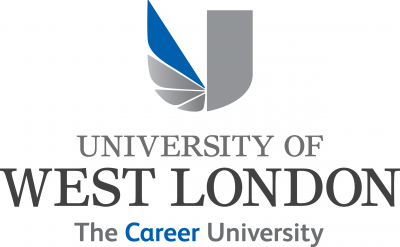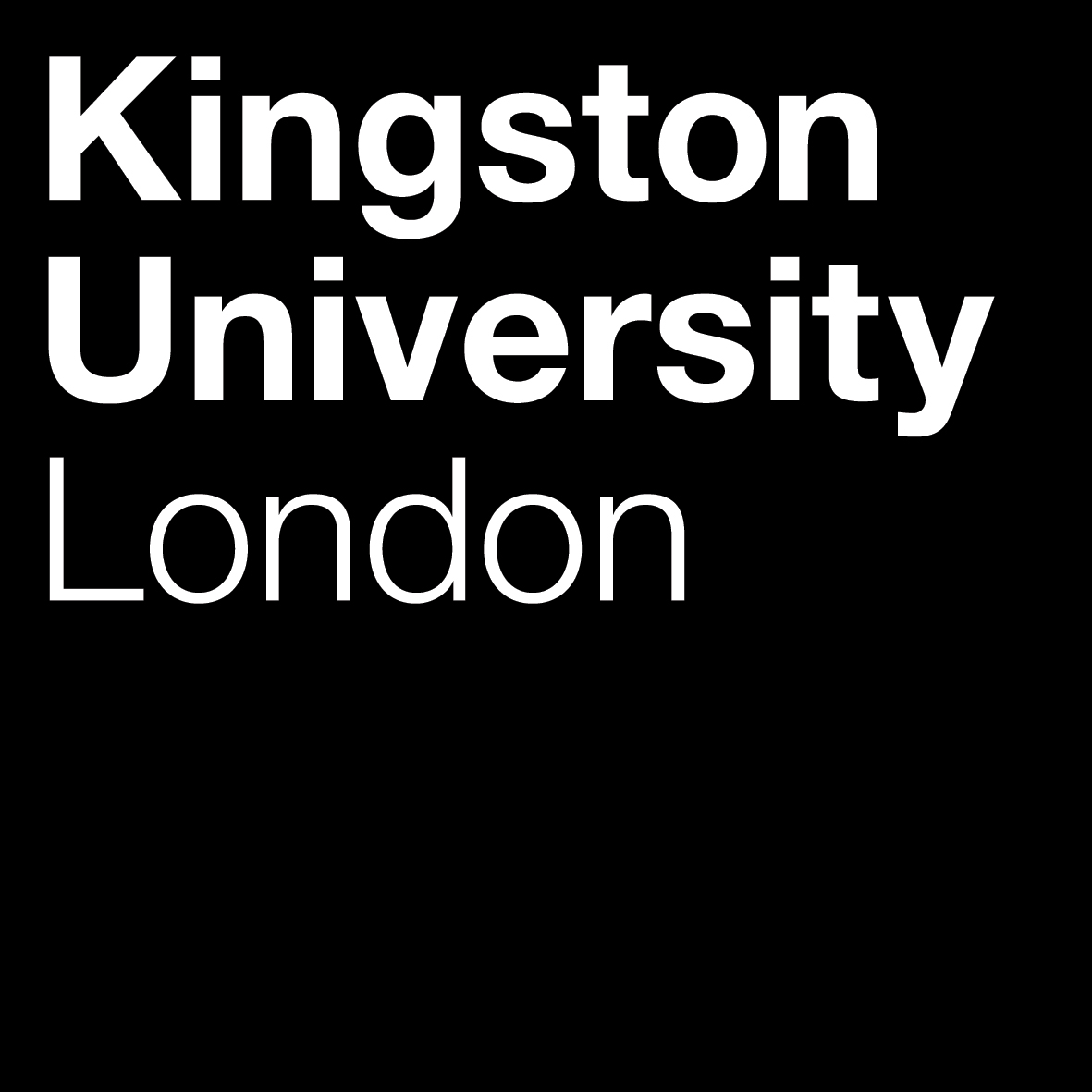1st February, 2023
Transitioning Beyond Academia
Dr Gemma Outen
1st August, 2019
Suzie Leighton, Co-Director TCCE
Being part of the team devising and delivering the Boosting Resilience programme has been a cornucopia of learning and inspiration for several different reasons.
As well as engaging as a member of the project team, I have been negotiating the programme as a co-founder and director of a creative SME, and also as the chair of the board of directors of an Arts Council England National Portfolio Organisation, the Jasmin Vardimon Company.
In both these roles it has become clear that, in a time when we are buffeted on all sides by social, technological, political and environmental change, the only thing that isn’t an option is doing what we have always done in the way we have always done it. But the innovation necessary to secure a resilient future in this VUCA (volatile, uncertain, changeable and ambiguous) environment is taxing, and means that we all have to ask difficult questions and confront truths that are often uncomfortable.
I’ve either worked for or been on voluntary or charity boards, in the arts or third sector, for more than twenty-five years; and Boosting Resilience has underlined for me how much more we trustees and non-executive directors can and should be doing to lead the development of resilient arts and cultural organisations. This also provokes the question of how we trustees should balance the skills development and time needed to do this against our ‘day jobs’, which are often demanding and poorly paid – answers on a postcard for that one please!
It seems clear to me that just being able to read quarterly accounts or an annual return isn’t enough. As a trustee I know that I must thoroughly understand and be able to ‘live’ and question the organisation’s business model and all its assets, to understand the areas of profit and loss, the risks that go with them, and where they sit in relation to the company’s artistic or social mission, all with enough confidence to be able to do scenario planning with executive staff.
I need to be able to ask searching questions and understand the long-term resilience implications of strategic decisions. This is not a role that can just be left to the treasurer! If an organisation needs to innovate and do new things, be they artistic, operational or organisational, it requires resources (time, money and people) that are likely to be in very short supply. It is realistic to suppose that to do new things, in the first instance at least, some old things might have to go, or at the very least be scaled back; and we need to lead the company to devise strategies to enable this.
As a trustee, particularly one from the arts and cultural sector, this probably won’t be what gets you out of bed in the morning! It might well be an area where you feel that you might have to build your own capability and skills. Many of the tools that we have developed or used through Boosting Resilience (the ‘octagon of assets’, the ‘IP tree’, etc) will be helpful for trustees, providing useful tools (like Theory of Change) for working with executives on strategy. It is always a struggle to develop plans that continue to prioritise mission while creating the space for innovation. It is our role to be critical friends to staff in creating this space, and to equip ourselves to steer a clear path for the organisation.
But this role of being a ‘critical friend’ can’t just be limited to business models and structures. Boards need to be much better at discussing the artistic or creative work of their organisation in a strategic way. This is much more difficult than analysing business models. The majority of us will have joined a particular board because we have a strong affinity for the creative work of a particular artist or company, and a strong belief in company mission, and see our role as a friendly, supportive and enabling one.
I would argue that the most supportive role that you can play, particularly in a small organisation, is to be a critical friend. One of the learning points that has come clearly through the Boosting Resilience programme is the importance of practicing reflection in leadership and developing resilient organisations. Opportunities for reflection tend to be few and far between in our sector, and by asking open questions and actively listening to the answers trustees can hold an important mirror up to practice.
This can feel uncomfortable, because we tend not to do it very much; but there are crucial issues that must be planned for, including matters of succession, and the possibility of artistic or organisational failure. If we are to secure the legacy of the artists and organisations we support, we must find ways to have those thorny conversations. I have found the GROW (Goal, Reality, Options, Will) model that we used to structure the Action Learning Sets in Boosting Resilience provides a good framework for open questioning and active listening, and is very useful for keeping discussion focused and strategic. Those of us who chair boards in particular need to reflect from time to time on whether we might be a block to resilient thinking or action ourselves – and it is certainly easier to do this within a neutral framework!
Throughout Boosting Resilience, I have been doing a lot of reflection on governance, risk and failure. If there is one thing that we have learnt through the programme, it is that the business of innovation, of making the changes you need to make in order to become more resilient – either organisationally or personally – is difficult. At some point there will be failure. It is inevitable, and you need to learn from it. As trustees, we have the responsibility of protecting the charitable objectives of the company, and ensuring that company and charity law are met.
Part of this responsibility includes making sure the charity is a ‘going concern’, and to facilitate this in the long term business models will have to adapt, and companies will have to innovate. We also have to accept that new things will sometimes fail, and not only plan for and understand how to mitigate this risk, but be brave enough to acknowledge and learn from failure. In the funded sector, in particular, it is difficult to admit to failure. Will it undermine the funders confidence? Push you up the risk register or down the priority list at the next funding round? Will it add another layer of onerous monitoring?
All valid questions, and this is where I think funders (with the exception of a notable few, of course) have a key question to address: if we want to build a sector that is enabled to boost its own resilience in authentic ways, to be even more enterprising, ingenious and successful, how can risk and failure be better supported?
You've been waiting for it and our May newsletter is here! -> bit.ly/3M9ICG6 pic.twitter.com/Iug9eWimQQ





